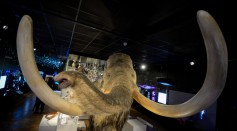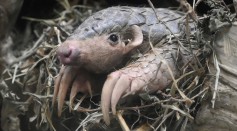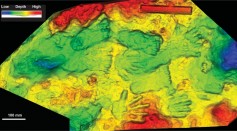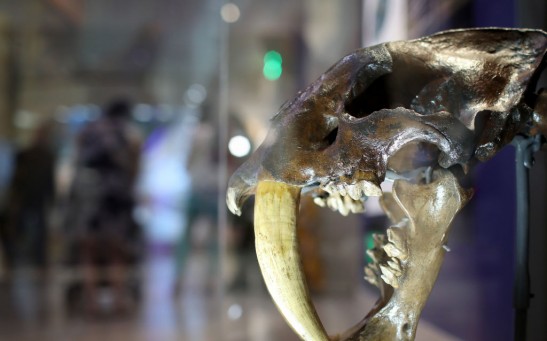Pleistocene

Devon Cave Unearthed with Remains of Megafaunas and Other Ice Age Species From 60,000 Years Ago

Youngest Fossil Remains of Pangolins Found in Europe Could Be A New Species of the Animal

Why Is Earth's Atmosphere Losing Oxygen? Natural Thief Identified Through Preserved Ice Bubbles in Antarctica
Human Brain's Size Decreased 3,000 Years Ago; Changes Linked to Ant Society
Humans in New Guinea May Have Hatched, Raised Cassowaries 18,000 Years Ago

World's Oldest Artwork Discovered from Tibetan Plateau, Created 226,000 Years Ago During Pleistocene Era

Geddes Yellow Cells in Algaes 'Revived' by Scientists After a Century

Trove of Prehistoric Remains Including a Spiked Teeth Monster Salmon Accidentally Found in California
Divers Find Giant, 10,000-Year-Old Mammoth Bone in Florida River
Sky-High Dig Reveals Ancient Paleoindian Workshop Site in Andes
Most Popular

How Technology Is Changing the Real Estate Industry?

Study Reveals High Turnover in Scientific Research Careers: What This Means for Future Scientists

How a Plant-Based Diet Can Protect Against Breast Cancer: Insights from Nutrition Research

Why It's So Difficult to Lose Weight: The Biological Explanation Behind Obesity






